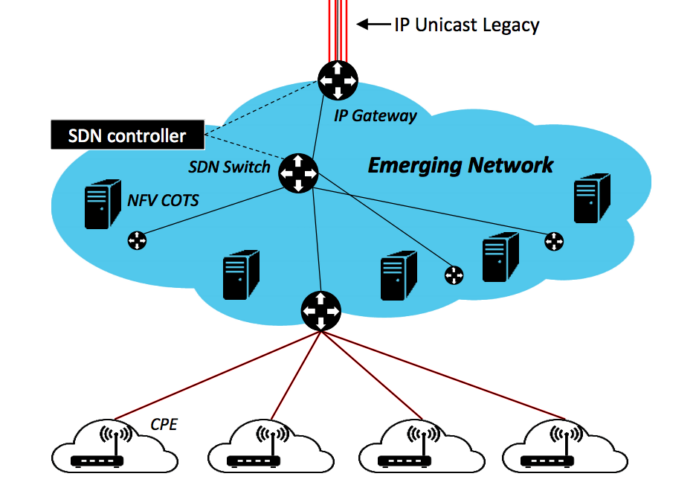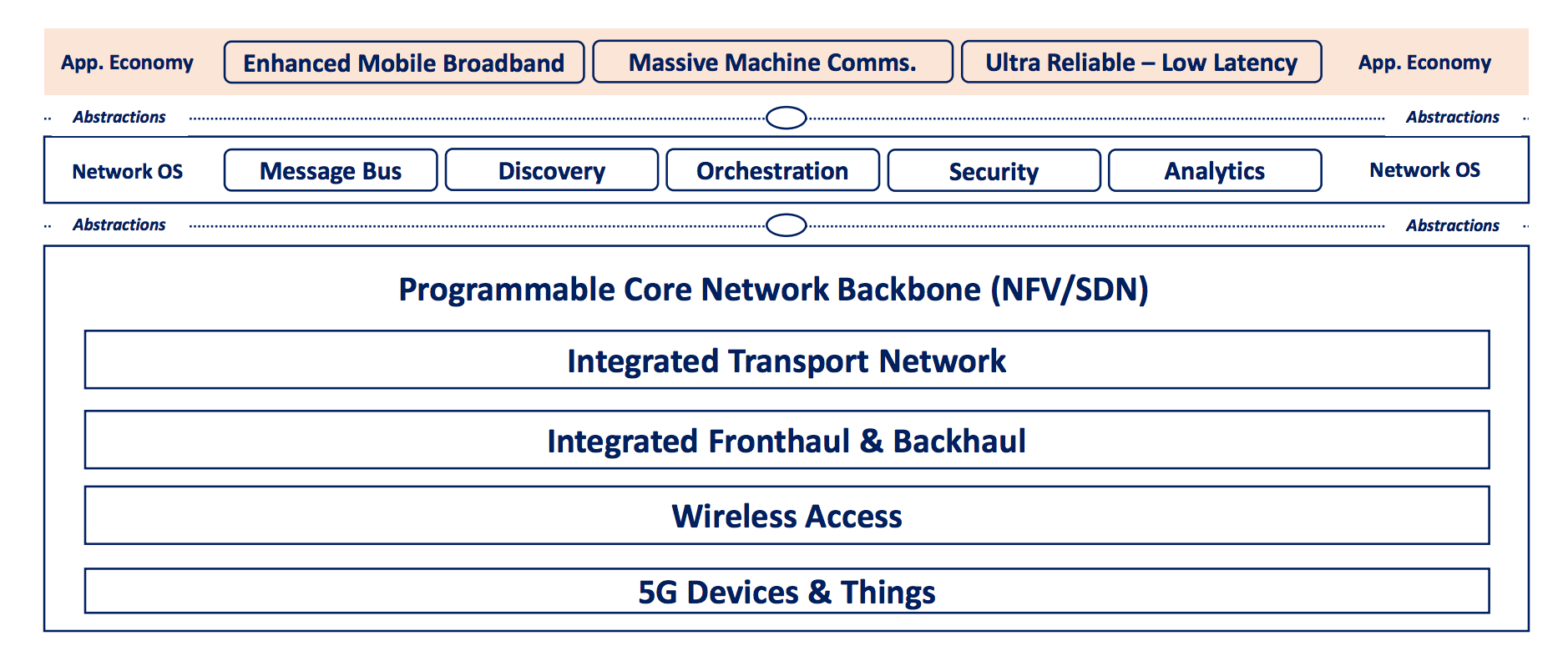As demand for video and next-generation services increases, content needs to live one hop from the end user
Global telecommunications networks are fundamentally changing to keep up with consumer demand for mobile data. Information centric networking or ICN, which envisions bringing content servers closer to the network edge among other architectural changes, could be a key piece for realizing the full potential of “5G” mobile networks of the future.
To better understand the role of information centric networking (ICN), RCR Wireless News CEO and Editorial Director Jeff Mucci sat down with Dirk Trossen, principal engineer for InterDigital Europe.
“Information centric networking is a network where the information itself is identified,” Trossen explained. “Instead of sending a packet from an IP address … you’re publishing information with a name, with a label attached to it. You’re streaming information. The actual information is at the center.”
Trossen gave the example of large scale content providers like Amazon.com or Netflix. These companies use content delivery networks to deliver content into an operator network and, from there, on to many individual end users — each person accessing a particular movie or TV show receives their own individual stream of information.
That model is inefficient, problematic and unsustainable, Trossen said.
“The problem in today’s network is a proliferation of … personalized viewing,” Trossen said. “People want to watch their Netflix video whenever they want. They pause, they go back, it’s not synchronized. It’s not a cable TV-type experience where you’re scheduled at 7:30 to watch the movie. It’s individualized viewing.”
Currently, service providers address this challenge by over provisioning — simply making data pipes bigger. Trossen said, when you consider the demands 5G will create, that over provisioning is not a long-term or cost-effective solution.
Trossen gave an example of a potential 5G network model. The app economy is on top of an API-driven programmable core network with network functions virtualization and software-defined networking functionality. Below is a core IP transport network with integrated fronthaul and backhaul. Then the wireless access interface connects to 5G-enabled devices and things.
So what’s the catalyst that will prompt carriers, over-the-top players and other service providers to embrace this new network?
Trossen said 5G services — the tactile Internet and augmented/virtual reality for instance — require a significant decrease in latency as compared to current LTE networks. That will be a “key driver,” he said.
Another component is the need to stop end-to-end unicast delivery of content. More geographically distributed servers are needed to bring content closer to the end user, essentially “one hop away from a user.”
“For content providers,” Trossen said, “any way to disseminate content cheaper is a good thing. That seems to be a very straightforward win for OTT content providers. Also, the ability to reach end users easier. It improves quality of experience and therefore makes the service more attractive.”


